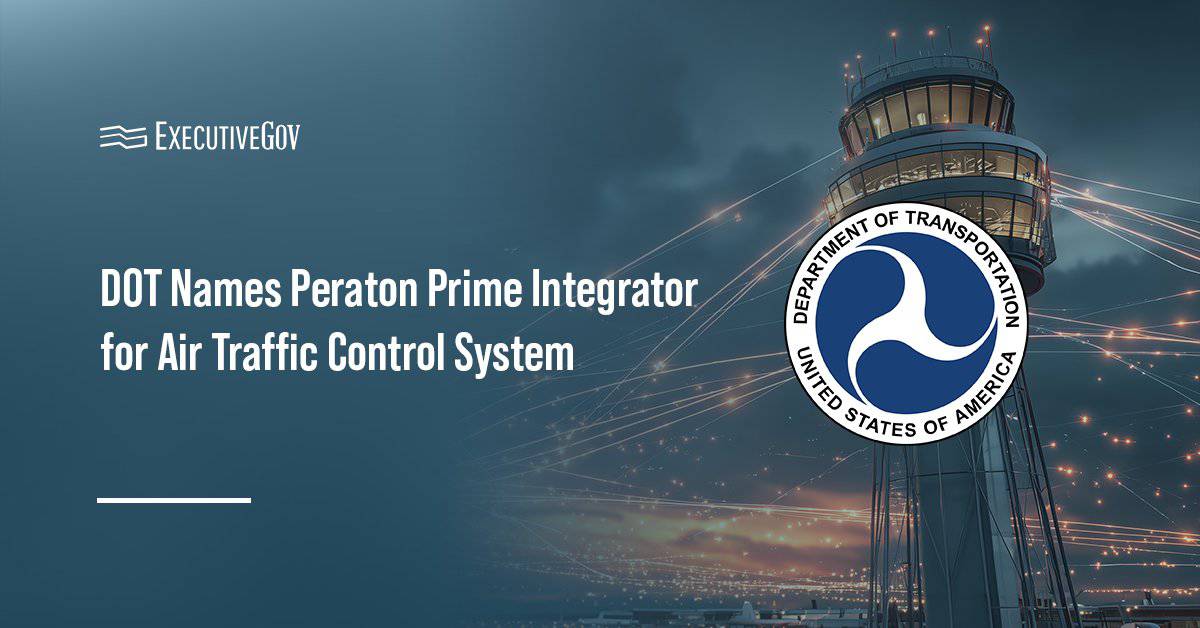Congress members have canceled a $9 billion boost in the next planned COVID-19 relief package for the Technology Modernization Fund (TMF). The cancelation follows petitions made in January by Rep. Carolyn Maloney, D-N.Y., and Rep. Gerry Connolly, D-Va., for TMF increases in support of cybersecurity and information technology projects.
Maloney and Connolly chair the House Oversight Committee and its subcommittee on government operations, respectively. A congressional source noted that Sen. Kyrsten Sinema, D-Ariz., had issues with the supposed TMF boost.
The same source said Congress is now planning to use the $9 billion TMF funds for future legislation.





